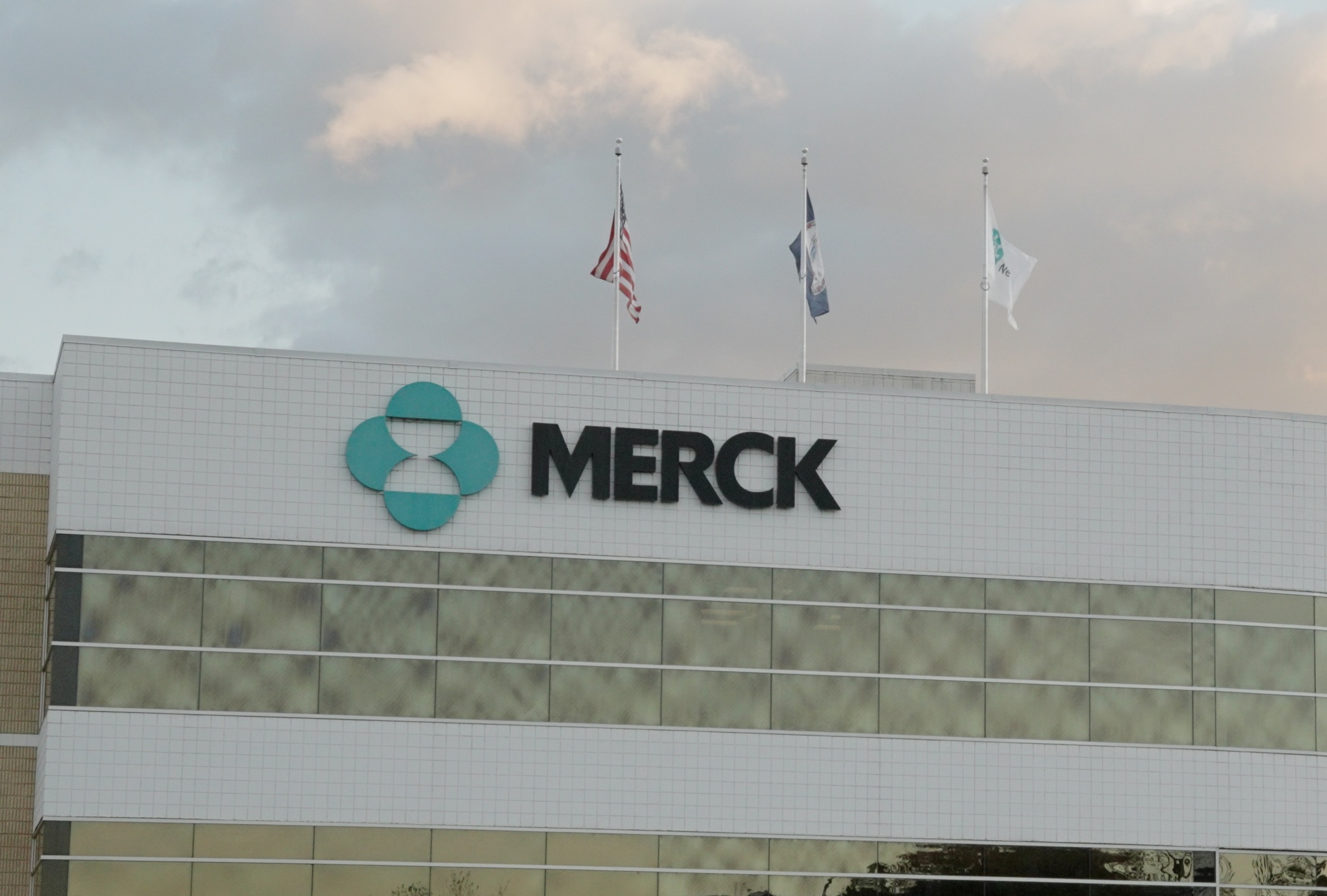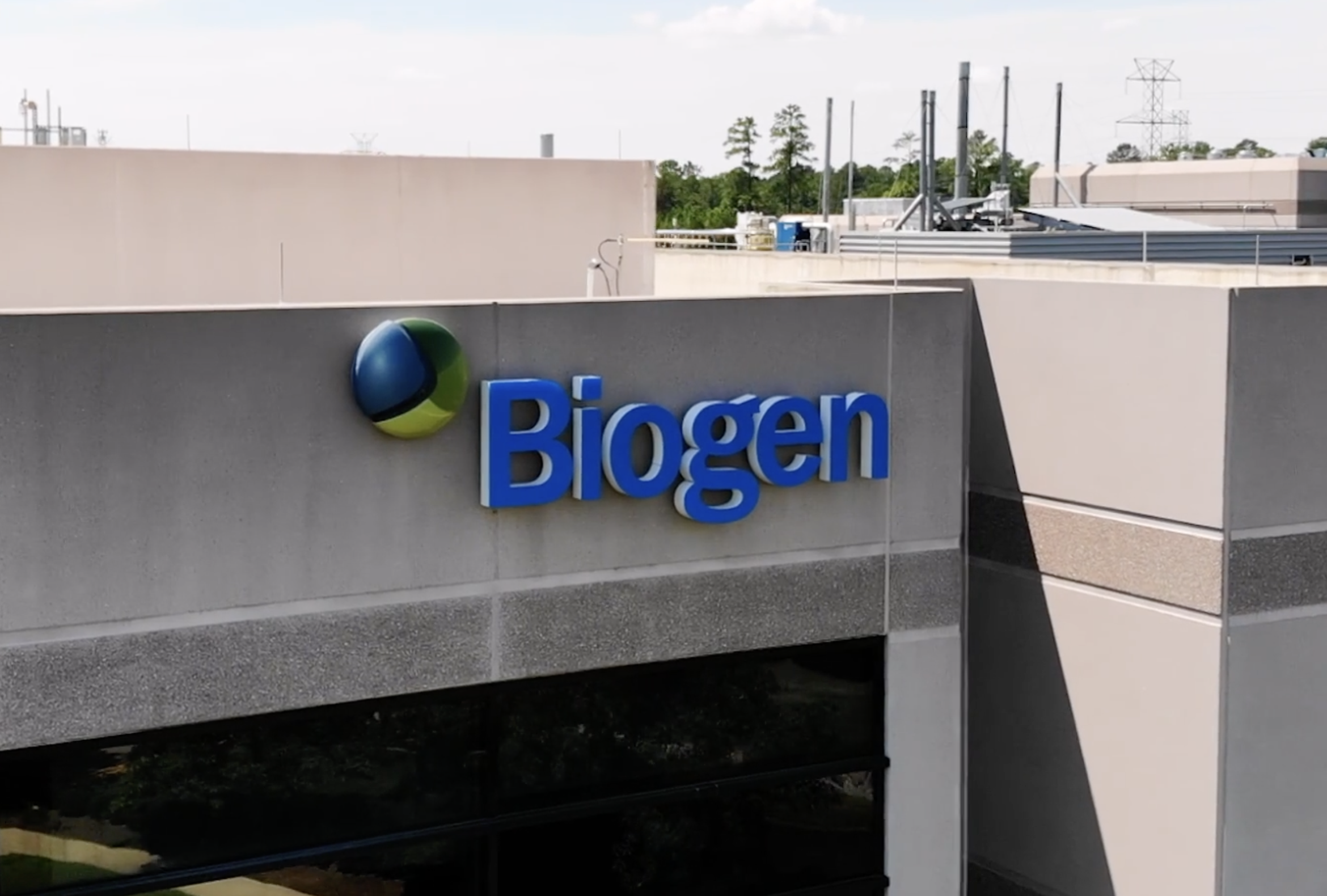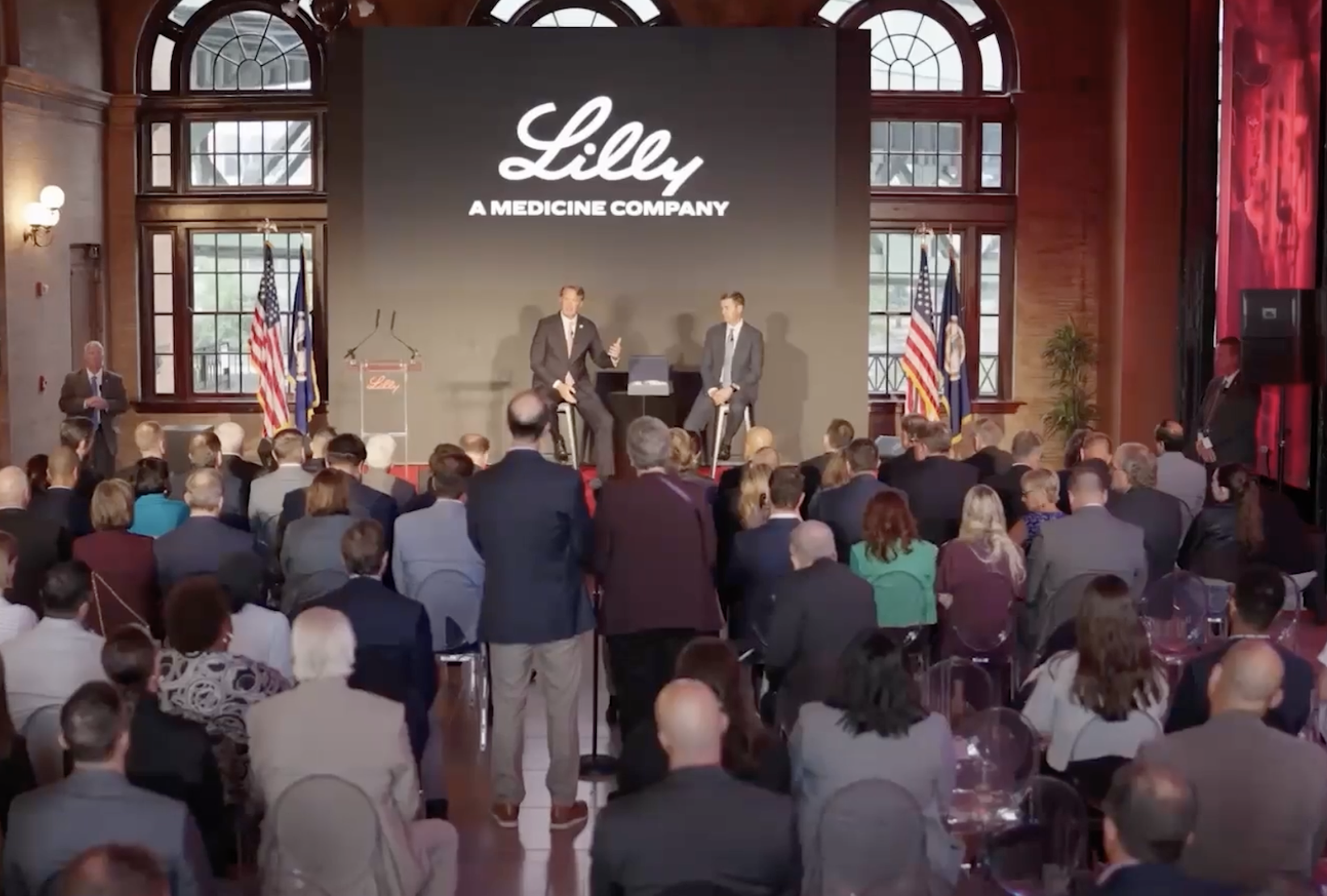Vaccines Protect Health and Save Costs
Vaccines have long been a cornerstone of public health, delivering unparalleled protection against disease while saving lives and reducing health care costs. As we look to the future, recent advancements in vaccine science continue to build on this powerful legacy.
For decades, vaccines have proven to be one of the most cost-effective tools in the fight against infectious diseases, helping to prevent illness, reduce mortality and support healthier aging. The numbers speak volumes: over the last 30 years, childhood vaccines have prevented more than one million early deaths.1 Moreover, projections suggest that vaccinating children born between 1994 and 2013 could save $295 billion in direct health care costs and a staggering $1.4 trillion in indirect costs.2
These figures highlight not just the effectiveness of vaccines but also their profound economic impact. With continued innovation, vaccines remain an essential tool in addressing unmet patient needs and safeguarding public health for generations to come.

1 CDC. Health and Economic Benefits of Routine Childhood Immunizations in the Era of the Vaccines for Children Program – United States, 1994 – 2023. August 2024.
2 American Journal of Managed Care. Assessing the Cost of Vaccine-Preventable Diseases. December 2019.
Our Work in Action
To maintain America’s global leadership, we need to support the next generation of innovation in medicine.





